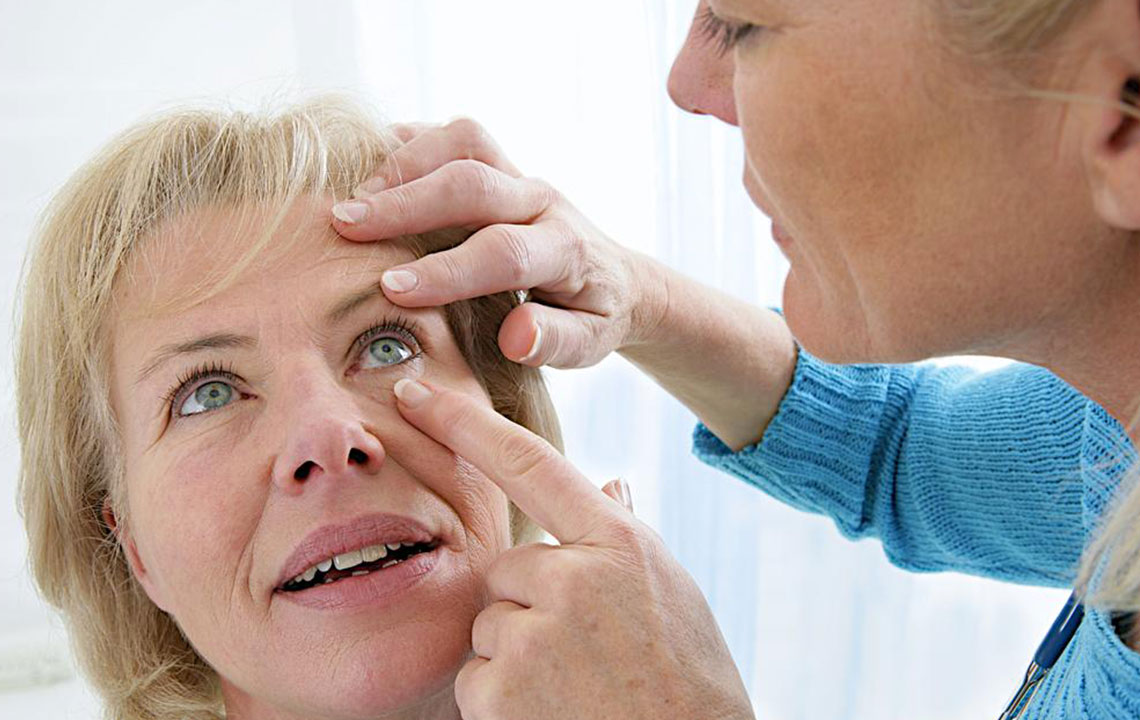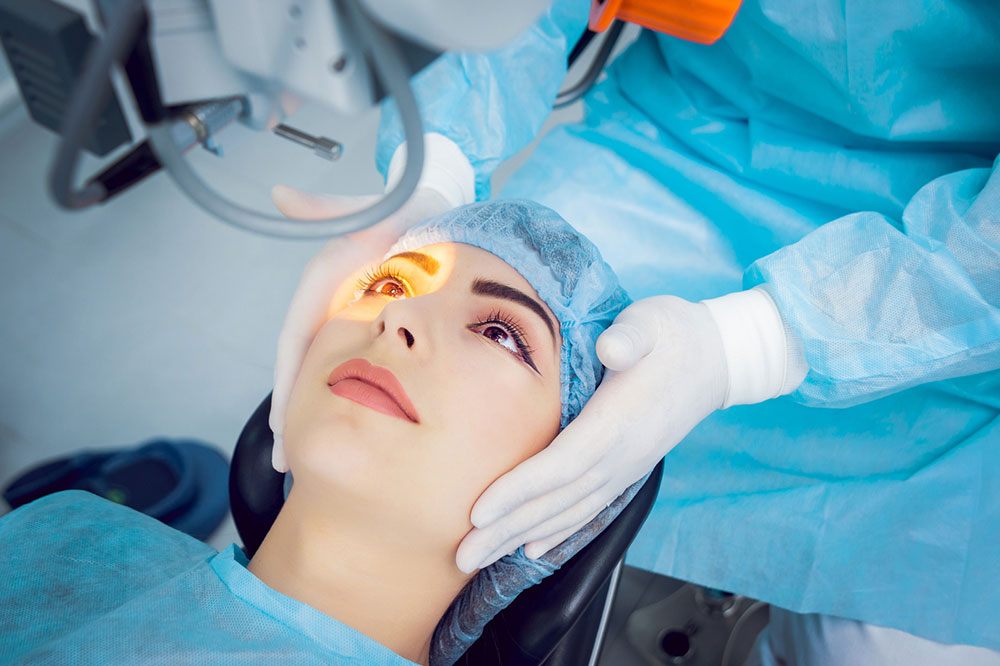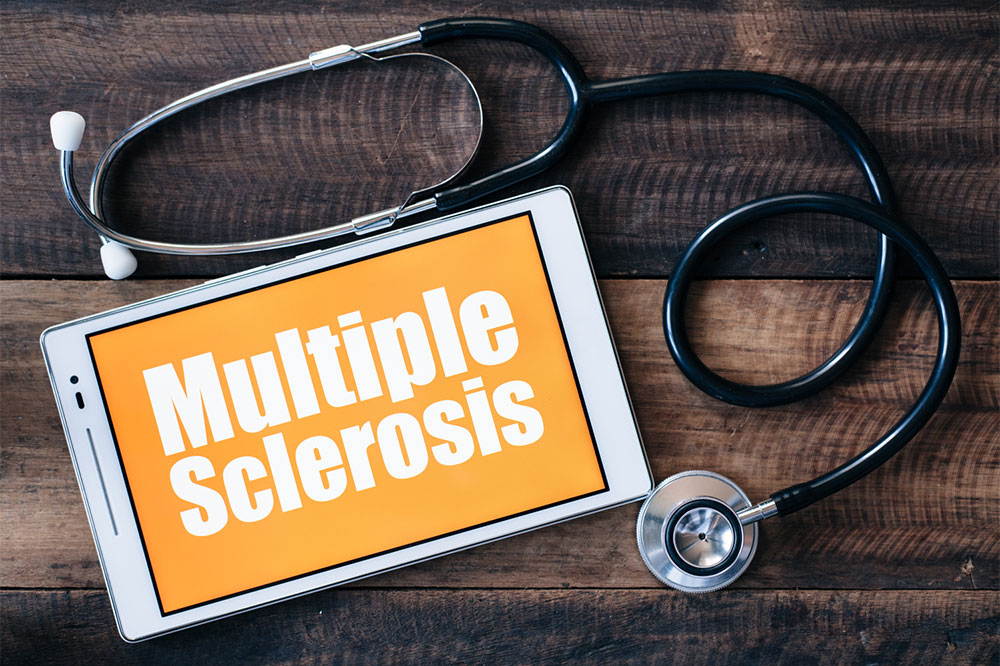Cutting-Edge Strategies for Controlling Age-Related Macular Degeneration
This comprehensive article explores advanced approaches to managing age-related macular degeneration (AMD), focusing on current treatments, research innovations, and preventive strategies. It highlights the importance of early diagnosis, lifestyle modifications, and emerging therapies, including stem cell research and technological advancements. The article aims to inform readers about improving quality of life and visual outcomes for AMD patients through state-of-the-art medical practices and proactive care.

Cutting-Edge Strategies for Controlling Age-Related Macular Degeneration
Age-related macular degeneration (AMD) is a leading cause of vision loss among older adults, particularly affecting those aged 50 and above. This progressive eye condition impairs the central part of the retina called the macula, which is responsible for sharp, straight-ahead vision essential for activities like reading, driving, and recognizing faces. Despite being painless, AMD significantly reduces quality of life for millions worldwide. Recent advancements in medical research and technology are paving the way for improved management and potential future cures for this challenging disease.
While the precise origins of AMD are not entirely understood, aging processes and genetic predisposition are primary contributing factors. Environmental influences, lifestyle choices, and systemic health also play significant roles. AMD develops in two distinct forms: dry and wet. The dry form accounts for the majority of cases and involves slow retinal degeneration with the accumulation of extracellular deposits known as drusen beneath the retina, leading to gradual vision deterioration. The wet form, which is less common but more severe, involves abnormal growth of blood vessels beneath the retina. These vessels tend to leak fluid or blood, causing swelling, scarring, and rapid loss of vision if not promptly addressed.
Common symptoms of AMD include blurred or distorted vision, difficulty discerning fine details, and dullness of colors. Many patients initially notice they need brighter light or larger print for reading. Risk factors are multifaceted; genetics play a vital role, with a family history increasing susceptibility. Lifestyle factors such as smoking, prolonged exposure to ultraviolet (UV) light, poor diet, and cardiovascular health issues contribute to the development and progression of AMD. Recognizing these factors can help in early detection and proactive management.
Although there is currently no cure for AMD, existing treatments effectively slow disease progression and manage symptoms. Anti-vascular endothelial growth factor (anti-VEGF) injections have revolutionized the treatment landscape, particularly for wet AMD. These injections inhibit abnormal blood vessel growth and leakage, preserving vision and preventing further deterioration. Laser therapies, including photodynamic therapy (PDT), are employed to target aberrant vessels while sparing healthy tissue. Advanced surgical procedures such as macular translocation, which repositions the retina, and lens implants for coexisting cataracts, provide additional options for comprehensive management.
Beyond these established treatments, cutting-edge research is exploring promising avenues. Stem cell therapy aims to replace damaged retinal cells, potentially restoring vision in the future. Nutritional interventions, including dietary supplements rich in antioxidants, lutein, and zeaxanthin, have been shown to slow AMD progression, underscoring the importance of preventive care. Preventive strategies emphasize lifestyle modifications like quitting smoking, wearing UV-protective sunglasses, maintaining a balanced diet, managing blood pressure and cholesterol, and routine eye examinations for early diagnosis.
Embracing technological innovations—such as telemedicine for regular eye monitoring and AI-based diagnostic tools—enables earlier detection of AMD and personalized treatment plans. Public health initiatives promote awareness and screening, essential steps toward reducing the prevalence and impact of AMD worldwide. As research continues to evolve, the future holds hope for more effective therapies and potentially curative options, improving the vision and independence of millions affected by this condition.





